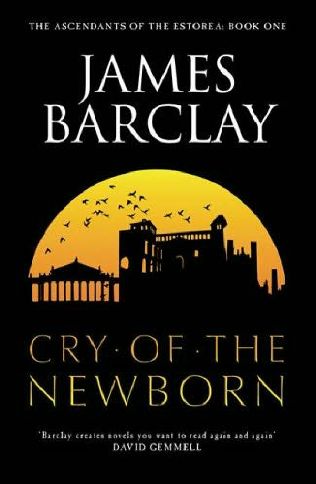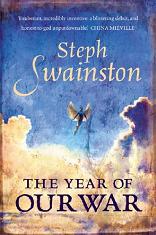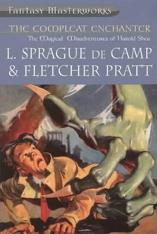What good is a booklog if you cannot permit yourself a small gloat over newly acquired treasures every now and then? I struck a rich new vein of fantasy and science fiction books last Monday and would like to show them off to you now:
- Sweet Silver Blues – Glen Cook
- Dread Brass Shadows – Glen Cook
- Old Tin Sorrows – Glen Cook
- The Game Players of Titan – Philip K. Dick
- Counter-Clock World – Philip K. Dick
- The Man Who Japed – Phlip K. Dick
- Strange Seas and Shores – Avram Davidson
- Or All the Seas with Oysters – Avram Davidson
- The Beast that Shouted Love at the Heart of the World – Harlan Ellison
- Flandry of Terra – Poul Anderson
- Can you Feel Anything When I Do This? – Robert Sheckley
All of these, except Anderson, are authors whose books are rare to find secondhand here. The Glen Cook novels you can find are usually Black Company ones, all of which I already have. Ellison is rare as hen’s teeth, the Dicks are usually marked up because too many booksellers know they’re supposed to be rare and Avram Davidson and Robert Sheckley are such acquired tastes few Dutch sf fans seemed to have bothered with them….



